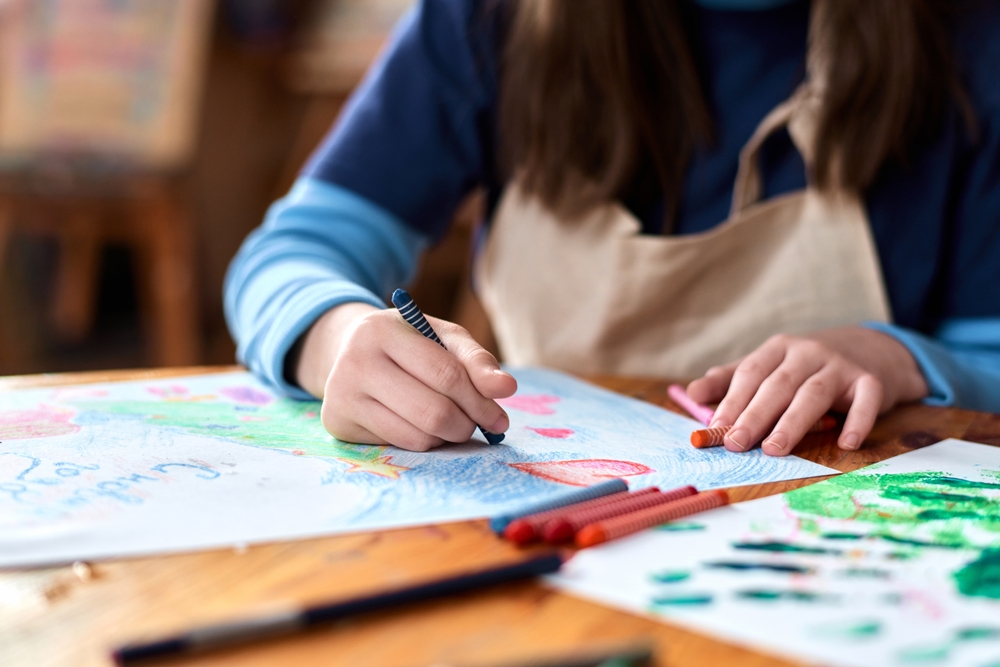The Healing Wonders of Art Therapy: An Evidence-Based Approach to Wellness
Art therapy, a relatively underappreciated yet scientifically backed healing tool, is steadily gaining recognition as a powerful modality for managing mental and physical health. This article will delve into the origins, scientific developments, benefits, and challenges of art therapy, providing practical insights for its application in our daily lives.

An Overview of Art Therapy: From Ancient Roots to Modern Practices
The therapeutic use of art dates back to ancient civilizations, where it was often used as a medium for communication, self-expression, and healing. However, it wasn’t until the mid-20th century that art therapy began to formalize as a profession, largely due to the efforts of pioneers like Margaret Naumburg and Edith Kramer. Their work, grounded in psychoanalytic theory, brought art therapy into the realm of modern mental health care.
Art Therapy in the Current Health Landscape: Trends and Research
Today, art therapy integrates psychology and the creative process to improve mental, physical, and emotional well-being. It’s used across a variety of settings — from hospitals and schools to prisons and community centers, treating conditions like depression, anxiety, PTSD, and even chronic illnesses.
A growing body of research supports the efficacy of art therapy. A 2017 review in the Journal of the American Art Therapy Association found that art therapy can reduce symptoms of trauma, anxiety, and depression. Another study in the European Journal of Cancer Care discovered that it could improve the quality of life and coping behaviors in cancer patients.
The Benefits and Challenges of Art Therapy
Art therapy’s benefits extend beyond symptom reduction. It fosters self-awareness, boosts self-esteem, improves social skills, and offers a safe space for individuals to express their feelings. It’s a non-verbal approach, making it particularly useful for those who have trouble expressing their feelings through words.
Yet, like any therapy, it comes with challenges. Accessibility can be an issue, as not all regions have certified art therapists. It also requires an open mind and willingness to engage in the creative process, which might be daunting for some.
Art Therapy: A Healthy Blend of Science and Creativity
Art therapy merges science and creativity in a unique way. It’s grounded in neuroscience, with studies showing that the creative process can stimulate brain regions involved in emotions, cognition, and memory. Yet it also allows for flexibility, individuality, and imagination — elements that make it a truly holistic approach to wellness.
Enlightening Art Therapy Facts and Tips
- Art therapy is not about creating a masterpiece. It’s about the process, not the product.
- You don’t need artistic skills to benefit from art therapy.
- Art therapy can involve various mediums, including painting, drawing, sculpting, and even digital art.
- It’s advisable to seek a certified art therapist for a structured, professional experience.
- However, simple art activities at home can also have therapeutic benefits. Try coloring, doodling, or making a collage as a starting point.
In conclusion, art therapy offers an engaging, creative, and scientifically backed approach to wellness. It’s a testament to the power of art in our lives — not just as a source of beauty and inspiration, but also as a tool for healing and self-discovery. Despite its challenges, this therapy’s potential to positively impact mental and physical health makes it a compelling area for further exploration and application in our everyday lives.




